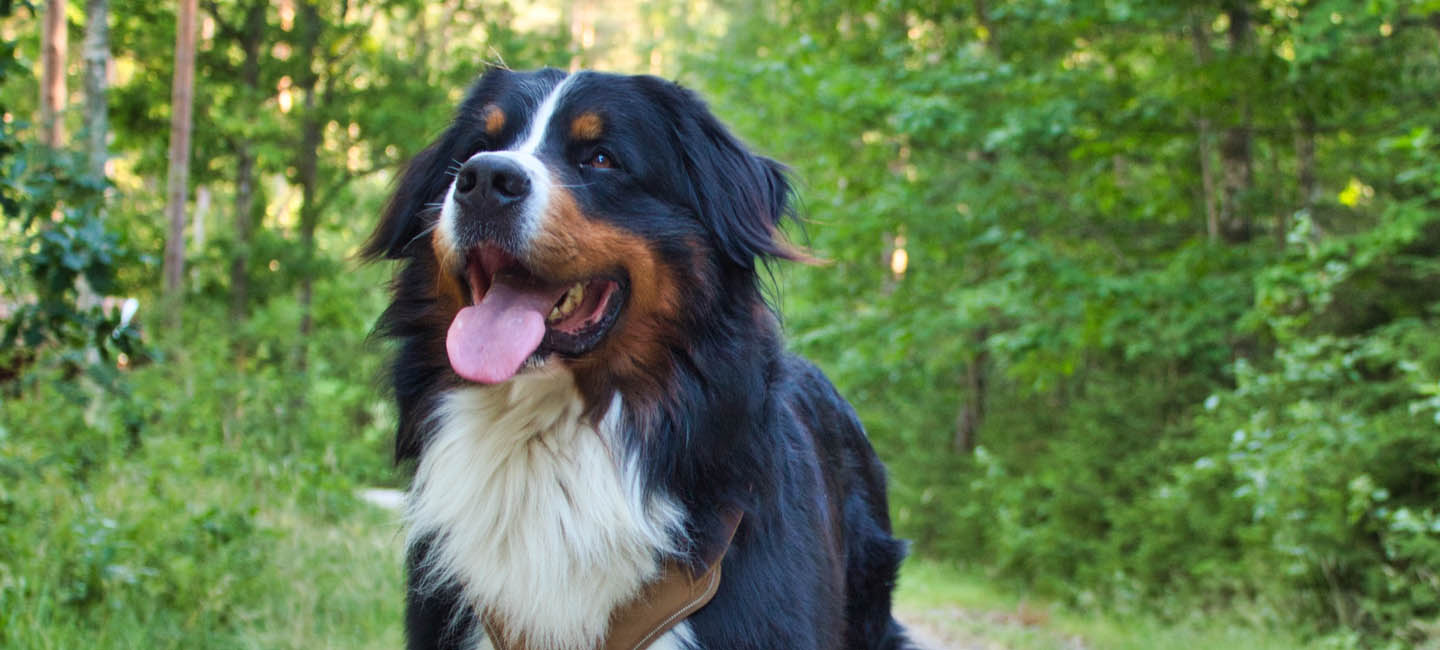Neurological Surgery
We perform many procedures including ventral slots, hemi laminectomy, tumor removal and lumbosacral decompression.

INTERVERTEBRAL DISC DISEASE (IDD)
What is an Intervertebral Disc?
The intervertebral disc is made of cartilage surrounded by a ring of fibrous tissue that acts as a cushion between the individual vertebrae that surround the spinal cord. There are intervertebral discs between all but the first two vertebrae. Intervertebral discs help provide flexibility of the spine and, in bipeds (species which walk on 2 legs), they help buffer the load to the spine during running or jumping. The disc is made up of 2 parts, an outer fibrous annulus fibrosus and a gelatinous center called the nucleus pulposus.
DEGENERATIVE MYELOPATHY (DM)
What is Degenerative myelopathy?
DM is a chronic spinal cord condition characterized by progressive deterioration of the spinal cord. DM occurs most commonly in German Shepherds, Pembroke Welsh Corgis, Boxers, Rhodesian Ridgebacks, and Chesapeake Bay Retrievers, but it has been reported in several other breeds of dog.


DISCOSPONDYLITIS
What is discospondylitis?
Discospondylitis is infection of the intervertebral disc space. It can occur as a result of spread of infection from elsewhere in the body (i.e. urinary tract, blood stream, prostate) or from local infection only in the disc space. It is most commonly caused by a bacterial infection, however fungal discospondylitis can occur. It occurs most frequently in young to middle aged male large-breed dogs such as the German Shepherd and Rottweiler. Dogs who are not neutered and develop infection of the prostate are predisposed to discospondylitis. Discospondylitis also occurs more commonly in animals who are immune-suppressed.
FIBROCARTILAGINOUS EMBOLIZATION (FCE)
What is Fibrocartilaginous Embolization?
An FCE is caused by a small piece of cartilage that enters the spinal cord’s vascular system and blocks blood flow to the spinal cord (also called spinal cord infarction, aka stroke). FCE classically occurs in very active, young to middle-aged, medium to large breed dogs who are out playing/exercising. They will typically yelp out and become suddenly unable to walk. FCE can occur in small dog breeds as well, most notably the Miniature Schnauzer.


CAUDA EQUINA SYNDROME (CES)
What is Cauda Equina Syndrome?
Cauda Equina Syndrome (CES) is caused by compression of the nerve roots passing from the lower back toward the tail at the level of the lumbosacral junction. The most common cause of cauda equina syndrome is narrowing of the vertebral canal at the level of the lumbosacral joint (called lumbosacral stenosis).
Lumbosacral stenosis is most commonly caused by degenerative changes to the intervertebral disc, arthritis of the joints, and abnormal proliferation of the ligaments. Dogs with abnormal shape to their last lumbar or sacral vertebrae and german shepherd dogs are predisposed to developing lumbosacral stenosis. Neoplasia (cancer) and infection at the level of the lumbosacral disc (discospondylitis) may also cause signs of cauda equina syndrome.
Contact Us
CARE Veterinary Center
Location
1080 W Patrick St. Frederick, MD 21703
Clinic Hours
Main Hospital – 24/7, 365 daysSpecialty – By appointment, M-F, 9am-5pm